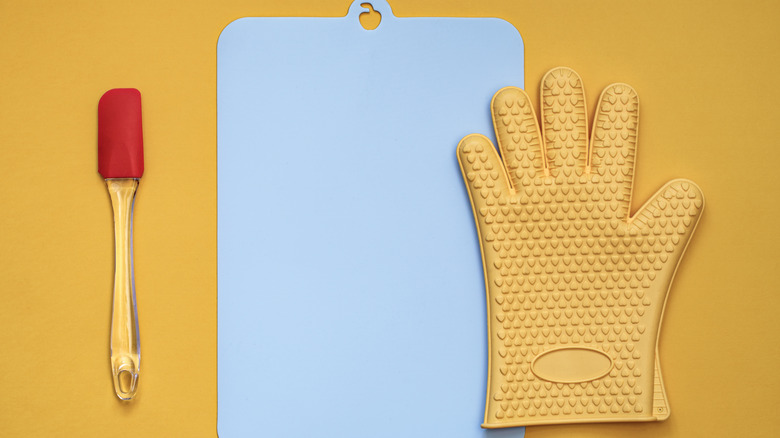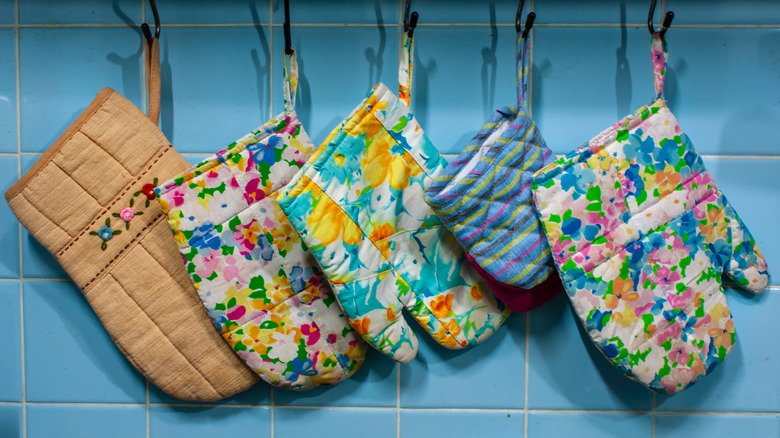If you’ve been around internet kitchen forums, chances are you’ve come across “oven gloves” when they are, in fact, mitts. This confusion may be somewhat warranted, as they both are heat-protecting hand sleeves. However, though we can excuse this cardinal sin of mistaking the two, the result of calling for a mitt when you meant for an oven glove may not be as forgiving. Their functional differences, though slight, are essential to their use and determine the best hand sleeve to handle hot kitchen equipment.
Oven mitts are the traditional kitchen hand sleeves, or the OG kitchen gloves, if you may. They have a wide and ambiguous shape that makes them accommodate hot casserole dishes and pans easily. A typical mitt covers the entire hand without dedication to fingers individually, like a great big cloth fitted onto your hand so that you’re fully protected. Sometimes the design even extends to protect the forearms, which is pretty praiseworthy since what was meant for the hand now shields the arm, too.
To effectively protect its user from burn, mitts are usually made of cloth, leather, or heat-resistant silicone. The most common type, however, is a cotton mitt, which tends to be thick due to heat insulation placed inside the glove. Whatever the material, it’s often chosen or designed to withstand high (not fireproof) temperatures of up to 500 ℉ahrenheit, though lesser heat-resistant mitts are common.
What makes oven gloves different from mitts

Unlike mitts, oven gloves are designed with separate parts to fit each finger. This makes them pliable, offering you a more precise grip so you can handle not only pots, but intricate utensils such as kitchen scissors. As a result, you may incur fewer kitchen accidents, giving them a slight edge over mitts. This, their appearance, is the biggest difference between mitts and oven gloves.
Additionally, oven gloves are also heat-insulated, with later versions being made from Teflon or Kevlar. Such materials are extremely heat resistant and offer more protection from heat by allowing you to hold hot equipment for longer periods. Without the need to rush, you can transfer your sweet carrot casserole slowly and steadily from the oven to the dinner table. To top it all off, oven gloves sometimes come with slip-resistant material on their exteriors, giving you a foolproof grip that’ll hardly let anything slip out of your hands.
Despite their differences, mitts and oven gloves serve similar functions. Given that their main purpose is to protect the wearer from heat while they handle a baking pan, carry a sheet pan, or operate the grill, it’s no wonder people can get away with interchanging their names. But as long as you don’t expect mitts’ cozy, encompassing feel from oven gloves, or anticipate long-lasting heat protection from cotton mitts, you won’t mistake the two.







